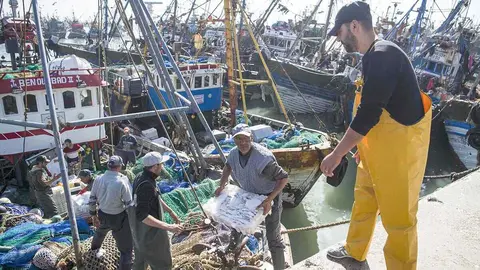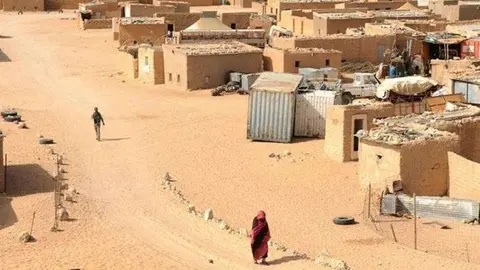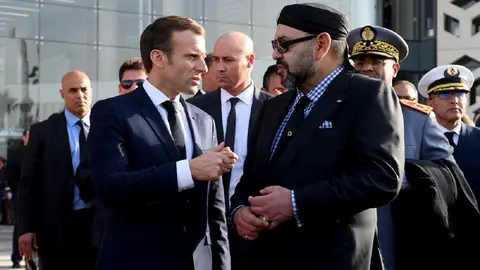Comments on the European Court's ruling on the EU-Morocco agreements
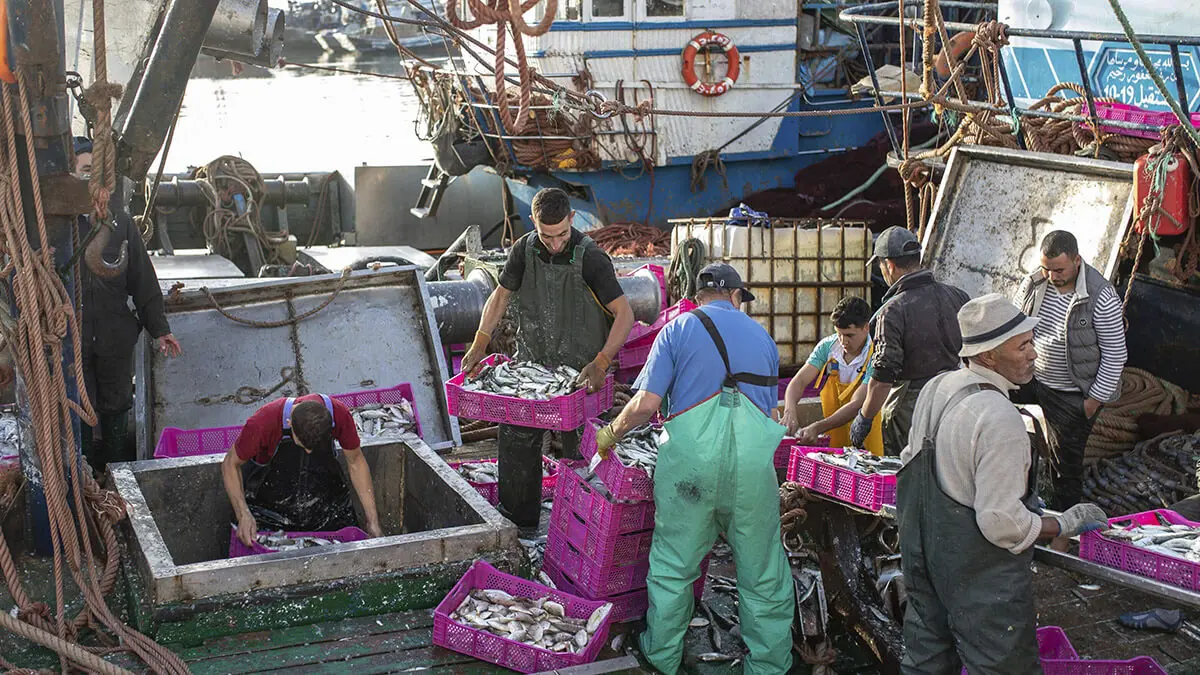
The ruling is fundamentally based on the right to self-determination of peoples and the failure to hold a referendum to decide what the opinion of the Saharawi people is; and it is here, I believe, where the political error of the ruling lies, as it has not taken into account the following realities.
1- The case of the Sahara is flawed at the outset. Historically, the territory was included in the Cherifian Empire (now Morocco) and this was stated in all the treaties with the European powers (from the 15th to the 20th century) and as such was included in the French, English, German and Spanish maps of the time. This empire was mutilated by Franco-Spanish colonialism, and ended up enlarging Algeria and creating the Western Sahara conflict.
However, the UN in the 1970s considered it a territory to be decolonised and not reincorporated into the mother country, which would have been the case if Spain had returned the territory in 1956, which Franco's dictatorship did not do.
2- Today the UN has realised its initial mistake and no longer speaks of a referendum since 2007, but of a political agreement between the parties, accepting the statute of autonomy as the basis for the agreement.
3- The non-holding of the referendum is due to the non-existence of a census accepted by the parties. In this non-approval of the census lies the Polisario-Algerian position of boycotting four of the five points approved for the holding of the census. At present, the inhabitants of the camps are not registered, nor do they have refugee status, in violation of Algeria's duties as host country and in denial of the rights of refugees recognised by the United Nations.

4- The judgement itself speaks of the Polisario, not as the sole representative of the Saharawi people, but as the representative of a part of it. The European Court's judgement states that ‘it was unable to obtain the opinion of the Saharawi people’. However, this opinion could have been obtained by consulting the democratically elected representatives of the Saharawis living in the Moroccan Sahara, who are the majority, and also by obtaining information from the Movement Saharawi for Peace, which represents another part of the Saharawi people. As of today we can say that this Saharawi people is represented at least by the following positions:
4.1- Those who continue to live since the origin of the conflict in the former Western Sahara, now Moroccan Sahara, and those who have joined the territory from the camps.
4.2- Those who live in the camps in the Hamada of Tindouf and who are no longer represented by the Polisario, but by other positions such as that of the MSP (Sahrawi Movements for Peace) that present alternatives for resolving the conflict.
4.3- Those who live outside the camps and the Moroccan Sahara, scattered over several continents, and especially settled in Mauritania, who can be grouped in one of the two previous positions, or take any other position.
I venture to quantify the approximate number of people in the three positions above:
A- Those currently living in the camps and who are in the Spanish census of 1974, or, their parents were, never reached 20,000 inhabitants (27% of the Spanish census) and currently after the numerous abandonments of the camps from the very beginnings to the present day, are less than 16,000 people. This explains the refusal to census the refugees in the camps, as it would reveal the real make-up of the camps' motley population, a mixture of Algerians, Mauritanians, Moroccans and Sahelians, accompanied by a small minority of Saharawis from the 1974 Spanish census.
B- Those living in the Moroccan Sahara who never left the territory (70% of the Spanish census), added to those who returned (AIDIN) from the camps, more than 10,000 between 1977 and today. These represent the vast majority, 75% of the population, considered Sahrawi by right, and who today vote for political parties or are elected in democratic elections to the Moroccan political-administrative institutions.
C- Finally, there are those who live outside the above territories and who number less than 5,000 people in total. I know that a significant number of them are close to the positions of the MSP.
5- Finally, there are the fishery and agricultural products produced in the Sahara, which are the subject of the EU-Morocco agreements, and which are covered by the ruling. Incidentally, there was no agricultural activity at the time of the Spaniards, and yet they supply the domestic market with some fruit and vegetables and also have a large export capacity.
6- At the moment I do not have the means to evaluate the total production or the quantity affected by the treaty and therefore its repercussions on the territory. But what is clear, for those of us who knew the Sahara in the 1970s and continue to visit it today, is that the balance of income and expenditure in the territory is favourable to the investments made by Morocco in airport infrastructure, roads, housing, wind farms and photovoltaic parks, universities, schools, payment of salaries, benefits to the resident population and the functioning of the bureaucratic-administrative apparatus.
7- Conclusion: a neo-colonial vision of our neighbours still prevails in Europe, but little by little the multicultural reality will impose itself, which will put things back on track and bring about a new status quo, one that is fairer, more supportive and lasting.
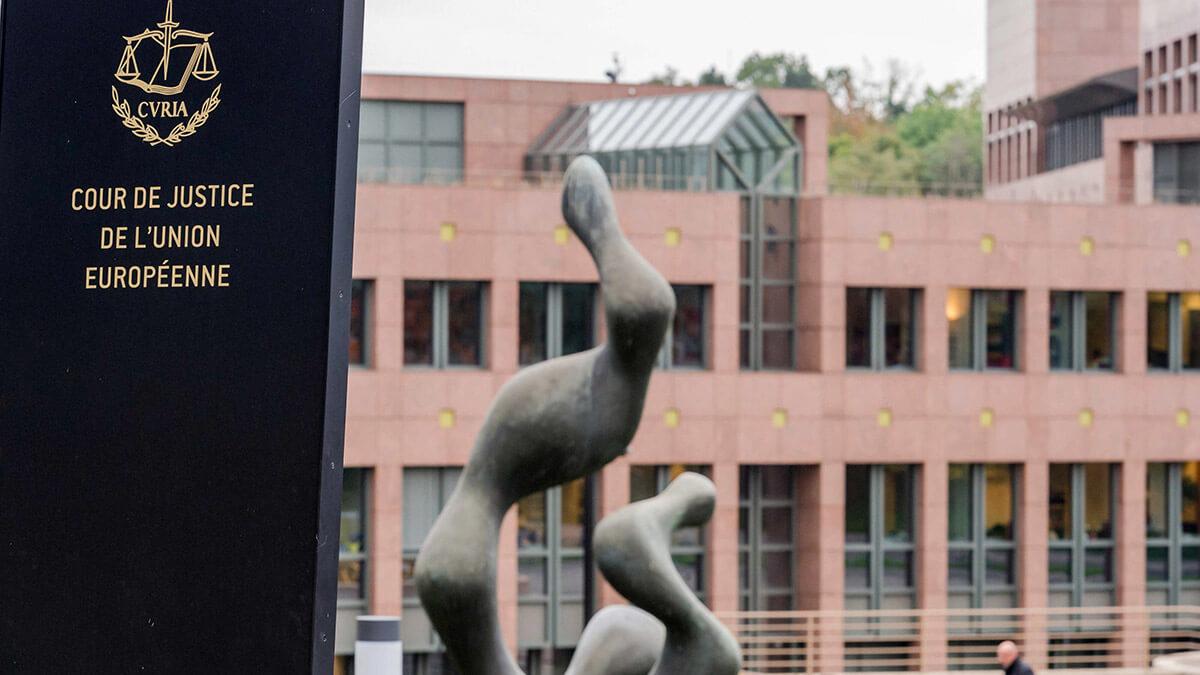
The Moroccan nature of the Sahara is an indisputable fact. It is widely accepted by the international community, as demonstrated by the opening of 32 Consulates General in Laayoune and Dakhla, and the explicit support of more than 115 countries for the autonomy initiative under Moroccan sovereignty as the only solution to this regional dispute.
At the same time, most UN member states do not recognise the pseudo ‘SADR’ (Sahrawi Arab Democratic Republic), and support the political process, under the exclusive aegis of the UN, as the only way to reach a definitive political solution to the regional dispute over the Sahara.
In this regard, I would like to stress that the 'pseudo-sad' is nothing more than an emanation of the geopolitical interests and hegemonic agenda of the country hosting the Tindouf camps. It has no territory, no population and no government. The majority of the Sahrawi population lives in the Moroccan Sahara, where it participates in the development and democratic life of the region through regional and local representatives.
Algeria's obstinate refusal to engage in good faith in the political process is delaying the final settlement of the regional dispute over the Moroccan Sahara, holding the inhabitants of the Tindouf camps hostage and mortgaging the future of the region's peoples. It is preventing the construction of the great Arab Maghreb which is so important for the well-being of the North African peoples, the European Union and, in short, for humanity.
Las Palmas de Gran Canaria, October 2024.
Rafael Esparza Machín
Professor at the ULPGC
Expert on the Maghreb


